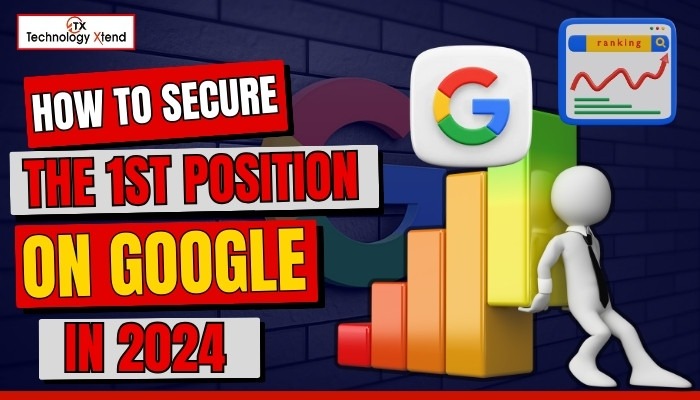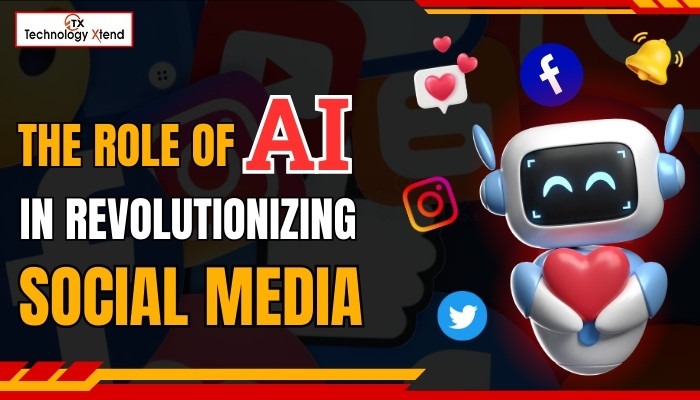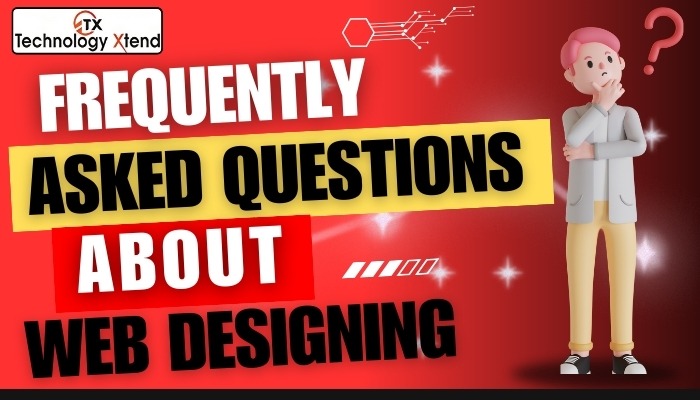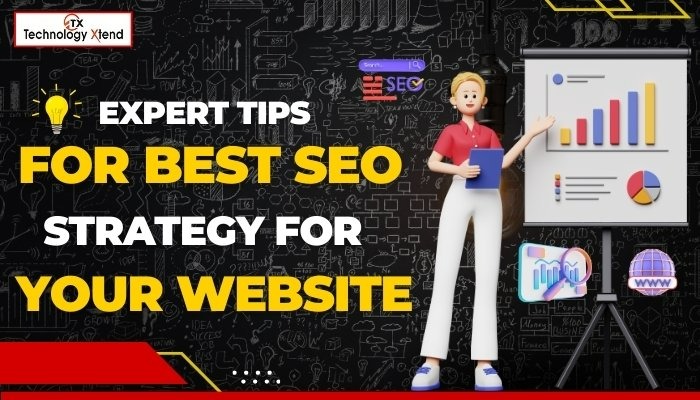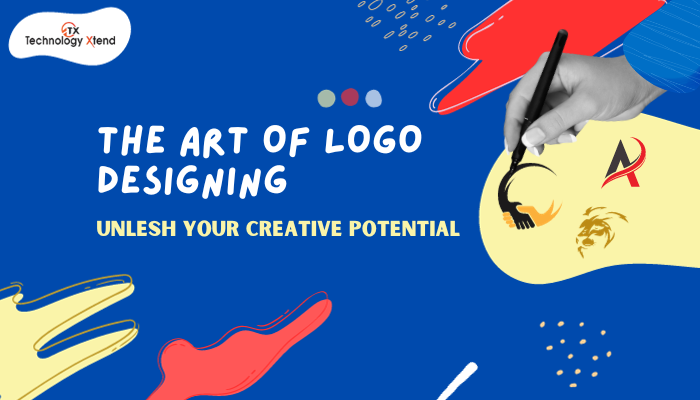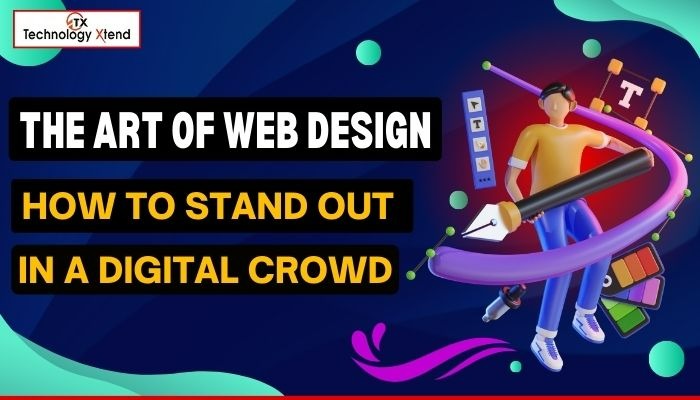
Technology XtendThe Art of Web Design: How to Stand Out in a Digital Crowd
Unlock the secret to irresistible web design - learn how to differentiate your digital presence and captivate your audience!
When it comes to standing out in the highly competitive digital world, having a visually appealing and user-friendly website is crucial. Web design plays a vital role in attracting and retaining visitors, conveying a brand's message, and ultimately driving conversions. In this curated collection, we will explore some of the most inspiring ideas and techniques in web design that can help your website make a lasting impression.
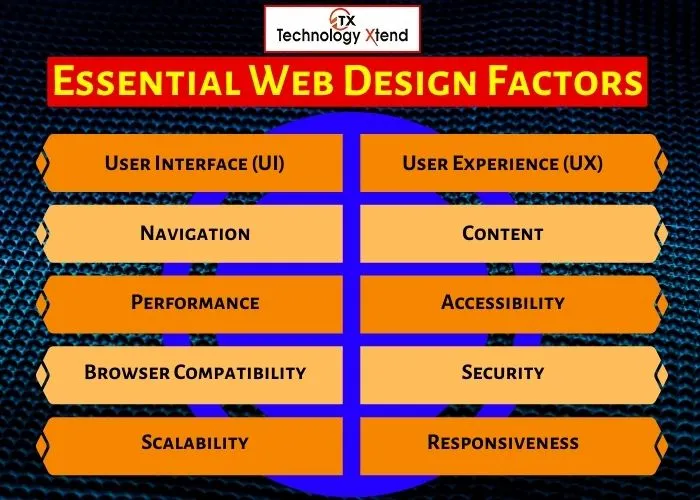
Web design has evolved into an art form, demanding a delicate balance between functionality and aesthetic appeal. In an era where digital landscapes are saturated with countless websites, standing out in the crowd has become an essential skill. Effective web design requires an understanding of user experience, visual storytelling, and an unwavering attention to detail. The artistry lies in crafting an immersive and intuitive journey for the user, employing sleek and elegant design elements that captivate the senses. Smooth navigation, responsive layouts, and visually striking graphics intertwine to create a digital masterpiece that entices and engages the audience. Amidst a cacophony of cookie-cutter websites, a meticulously designed web platform emerges as a beacon of sophistication, elegantly guiding visitors through its carefully curated content. The art of web design transcends the mere arrangement of pixels on a screen; it harmoniously blends form and function, leaving a lasting impression on all who encounter it.
Minimalistic Designs
Minimalistic web design is a refreshing and visually appealing approach that emphasizes simplicity and functionality. With its clean lines and uncluttered layouts, this style focuses on the essentials, stripping away any unnecessary elements. The use of generous white space not only enhances the overall aesthetic but also enhances readability. Minimalistic web design also incorporates a limited color palette, typically employing neutrals and subtle hues to create a calming and sophisticated look. The careful selection of fonts further reinforces the simplistic nature of the design, offering a crisp and easy-to-read experience. By removing superfluous elements and simplifying the user interface, minimalistic web design offers a seamless and intuitive browsing experience that showcases content in a minimalistic yet highly impactful way.
Minimalistic web design has gained popularity in recent years due to its clean and aesthetic appeal. By removing unnecessary elements, simplifying layouts, and utilizing negative space, minimalistic designs offer a focused and uncluttered user experience. One great example of a minimalist website is Fitbit. Their homepage uses a simple color scheme, clean typography, and plenty of whitespace. The emphasis is on the product, making it easy for users to understand and engage with the content.
Get your website design upgraded with Technology Xtend - Click Here
Responsive Designs
In today's mobile-first era, responsive web design is a must. With the variety of devices available to access the internet, websites need to adapt and look great on screens of all sizes. A responsive design ensures that your website provides an optimal viewing experience for users, regardless of the device they use.
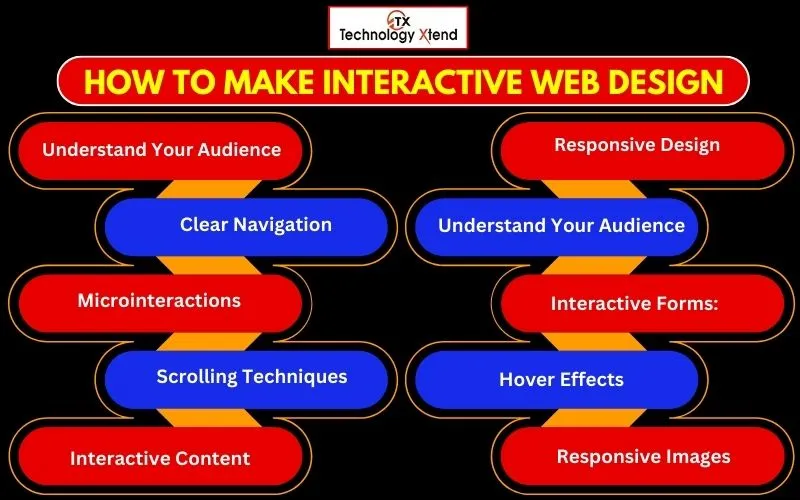
A website that exemplifies responsive design is the Boston Globe. Whether viewed on a desktop, tablet, or smartphone, the layout adjusts seamlessly to provide a user-friendly experience. This adaptability allows users to easily navigate the website and consume content without any limitations.
Stand out in the digital crowd, elevate your web design game and pave your path to success in the virtual world. Check out this incredible guide on The Art of Web Design.
Bold Typography
Typography is an important aspect of web design that can greatly impact the overall aesthetic and user experience. Bold typography can add visual interest, create hierarchy, and convey emotions. By playing with unique fonts, creative layouts, and contrasting elements, designers can capture the user's attention.
A fantastic example of bold typography is the website for Spotify's Year in Music. The use of large, vibrant fonts combined with dynamic animations creates a visually captivating experience for visitors. The bold typography adds a sense of personality and excitement, aligning with Spotify's brand identity.
Interactive User Interfaces
An interactive user interface can elevate a website from being static to engaging and immersive. Incorporating elements such as animations, micro-interactions, and intuitive navigation can enhance user satisfaction and create a memorable experience.
An excellent example of an interactive user interface is Stripe's website. The homepage features subtle animations that respond to user interactions, creating a fluid and dynamic experience. Such interactivity not only enhances usability but also adds a sense of delight for users, making them more likely to explore further.
Conclusion
Remember, these techniques are not one-size-fits-all. Each brand and project is unique, and it's important to experiment and find your own distinct style. By continuously pushing the boundaries of web design, you can create exceptional online experiences that leave a lasting impression on your audience.
As we move forward, the field of web design will continue to evolve, offering limitless possibilities for designers and developers alike. Embrace the art of web design, stay inspired, and keep raising the bar for creating exceptional digital experiences.
Related Articles






























